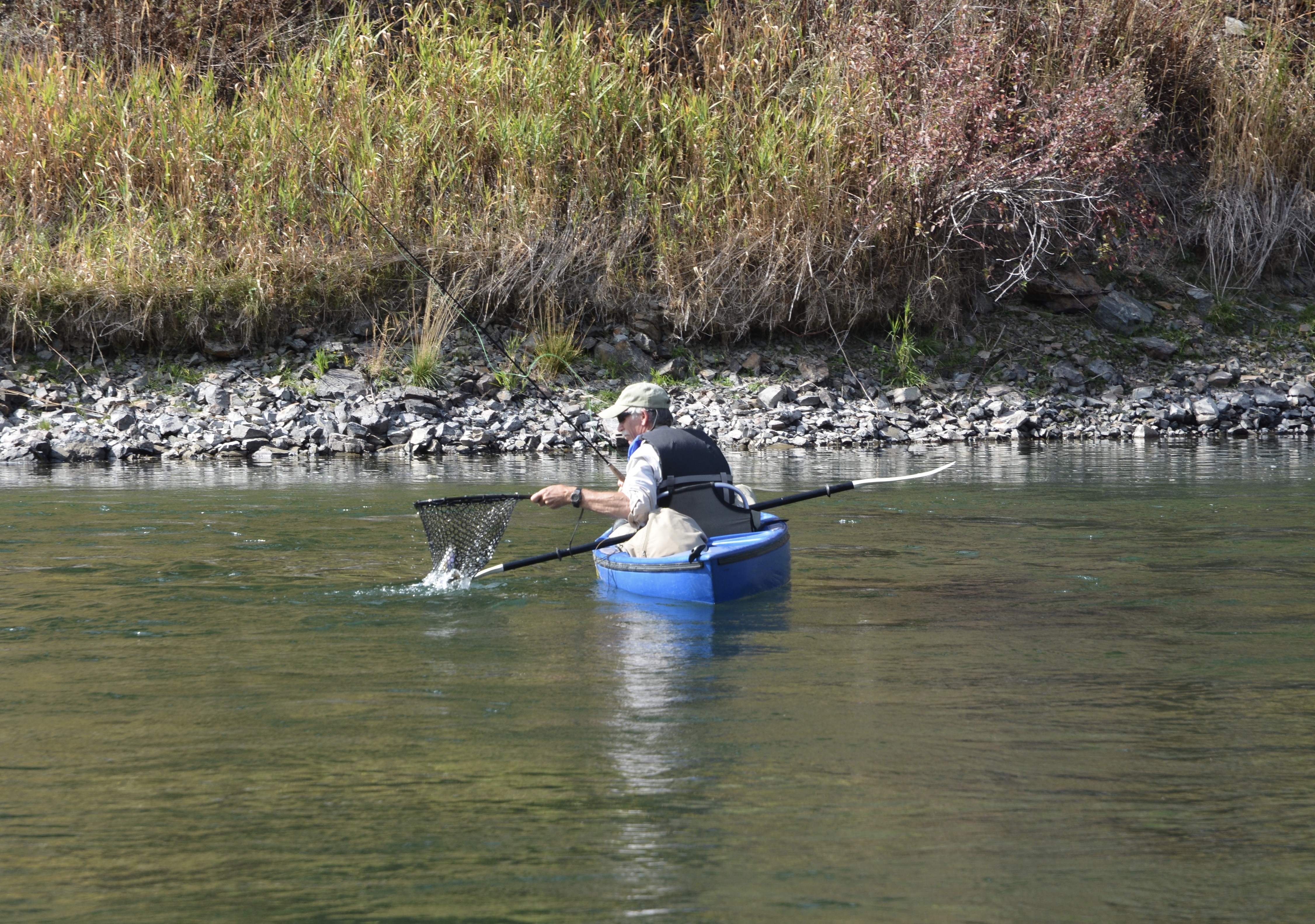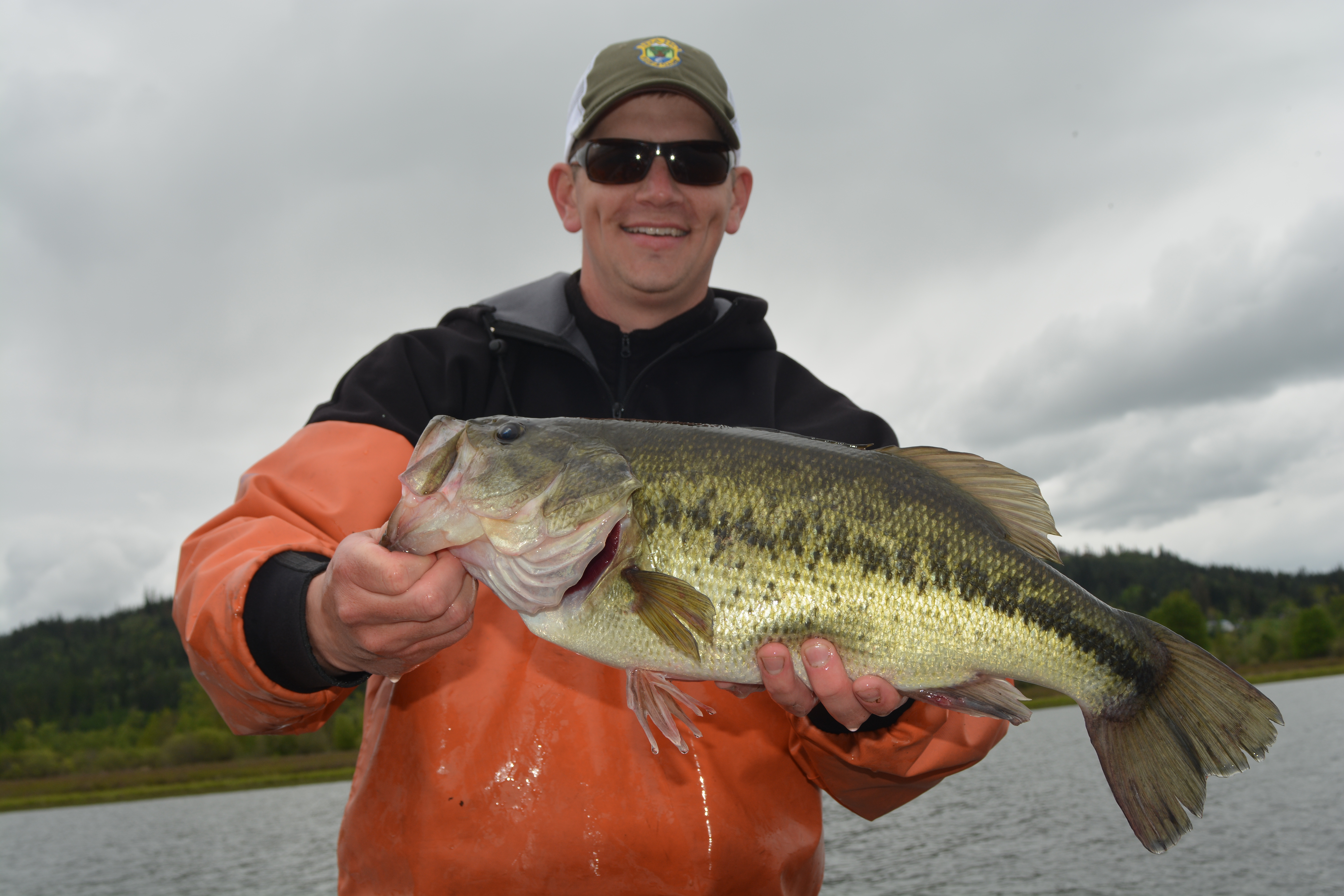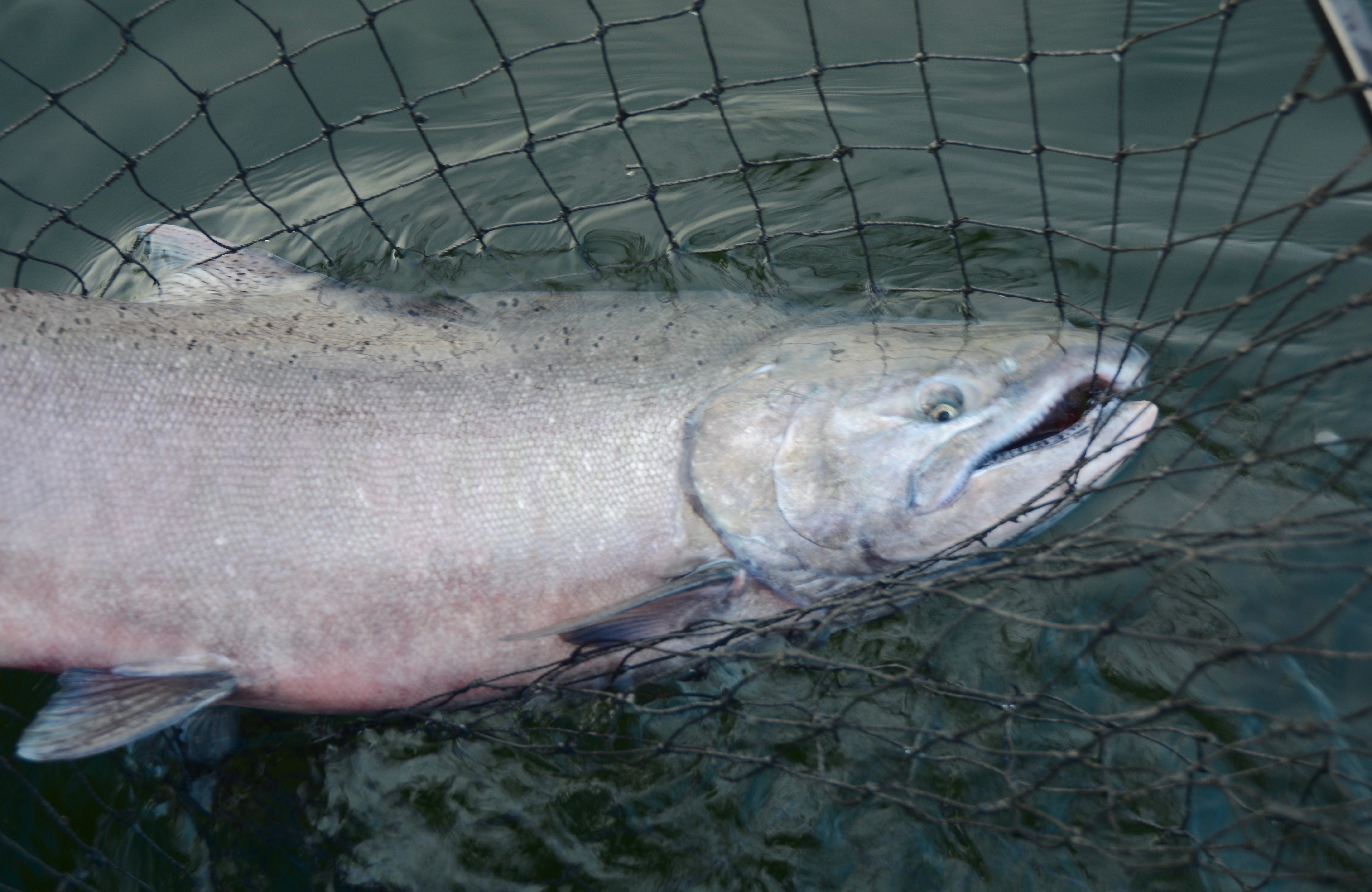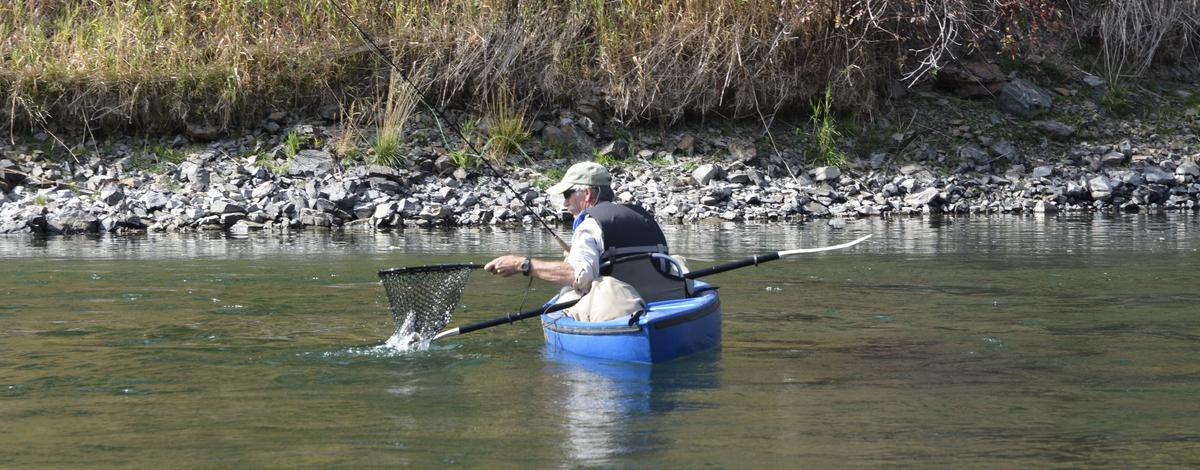
Fish need water, and Idaho's mountains are full of water in the form of a giant snowpack. According to the Natural Resources Conservation Service, mountain ranges throughout the state in early March had snowpacks ranging from a 90 percent of average in the Couer d'Alene and Priest drainages to 175 percent of average in the Big Wood drainage. Most areas were running between 120 and 160 percent of normal.
After about five years of mild to average winters, this snowpack will have rivers at high flows and some at flood stages, and nearly all the lakes, reservoirs and ponds should have ample water.
Overall, that's good news for fish and anglers, but there's some bad news as well. The bad is rivers will likely be difficult to fish until late spring and early summer, unless dam controlled, so prime fishing time will be delayed.
But big water years tend to boost natural fish production, so benefits from this year will be seen for several years, and in the case of sturgeon, possibly for decades.
Idaho Fish and Game's fish biologists Jim Fredericks, Jeff Dillon and Martin Koenig provide some details about what we can expect this year, and in the future.
Q: We’re looking at the biggest snowpack we’ve seen in years that’s now starting to melt off the mountains. Let’s start with the obvious. How’s that going to affect river fishing?
A: River fishing will still be good, but it won’t happen until later than normal. Generally speaking, rivers are going to be high and off color from April through at least mid-June. That of course varies depending on the particular drainage and whether or not flows are regulated by dams. In the short term, high water makes fishing tough, but big flows benefit fish populations in the long run by remodeling the habitat. The good news is that, unlike some recent summers, flows will likely be higher well into summer, and the good fishing will likely extend further into July or August than it normally does.

Q: Big snowpack seem to fill every lake, reservoir and pond. How will having more waters available affect Fish and Game’s trout stocking. More specifically, will there be enough fish to go around?
A: Yes, there will be fish to go around. In some places, anglers will actually see more fish stocked. That’s because we’ll be delaying stocking in some waters where high flows have put a damper on fishing. Once things settle down, we’ll actually have more fish to work with. For example, high flows will keep us from stocking the Boise River for several weeks, so we’ll either hold them for stocking later, or reallocate them to ponds or lakes where the runoff isn’t affecting fishing.
Q: Warmwater fish can be trickier because there aren’t hatcheries devoted to them like trout. Will there be warmwater fish restocked in some waters that were drained in recent years?
A: We are looking at re-establishing bass, bluegill and crappie populations in some of the reservoirs where populations disappeared in the drier years. Because these species are fully capable of populating lakes on their own, we generally just stock enough fish to serve as “parent stock”. Building up a fishable population takes a few years, so anglers may not see the benefits immediately. In the next few months, Southwest Region fisheries staff will collect adult bass and bluegill from nearby waters and transfer them into Indian Creek, Blacks Creek and Paddock reservoirs.

Q: Overall, it seems big water years have paid a lot of dividends down the road. Natural production just seems to do better when there’s lots of water. Can you give some examples of what species tend to flourish after a big snow year? Any that might surprise us?
A: One of the benefits of a good water year is high, flushing flows in rivers and streams. The high water helps flush away fine sediments and leaves clean gravel. The result is improved spawning habitat for wild trout and other species, which translates to better fishing in the years to come.

Small to medium size reservoirs often benefit when refilling floods shoreline vegetation. This usually creates a bloom of new food and creates good spawning conditions for bass, bluegill and crappie. Higher reservoir levels and wet spring weather can improve carryover of trout when reservoirs might otherwise get too low. And for Snake River white sturgeon, flows near flood stage are exactly what they require for successful spawning. Young sturgeon produced this year could contribute to fishing for the next 50 years or more.

High flows seem to benefit crappie production in both Brownlee and C.J. Strike reservoirs. For reasons not completely understood, there’s a strong connection between high Snake River flows and numbers of crappie a few years later.
Q: Salmon and steelhead seem to do particularly well when we have a big run off, but there are many other factors that affect salmon and steelhead runs. Do you expect a bump in returns in the next one to three years?
A. Certainly the high flows make for a faster trip to the ocean, which means higher survival for salmon and steelhead juveniles (smolts), and that will certainly help with returns in one to three years. As you note, there are lots of other factors that play into how much of bump in returns we’ll see, such as the number of smolts going out, ocean conditions and predation on the return trip.

Another factor is the high total-dissolved gas levels in the Snake and Columbia rivers associated with water spilling over dams. While high flows are generally good, the volume of spill and associated dissolved gas levels can potentially be lethal to juvenile salmon and steelhead smolts on their way to the ocean. Smolts are able to avoid impacts by staying deep, and the faster trip to the ocean means less time exposed to high gas levels, so hopefully the benefits of the high flows outweigh the potential negative side effects.
Q: A lot of water is going through the dams, and in the past that’s taken some reservoir fish downstream as well. Any concerns about that this spring?
A: Fish passing downstream over or through dams (what we call “entrainment”) is always a concern in really big water years, but impacts to fisheries are highly variable. It’s not a concern for all species, and it’s also very reservoir specific. Some fisheries can really be hurt, but in other instances, entrainment can actually be a good thing.
Species with an instinctive urge to migrate downstream like kokanee (which are actually landlocked sockeye salmon) tend to exit reservoirs during high water years more than species like smallmouth bass, which stay put. But even when we see high kokanee entrainment, it’s not always a bad thing. In some reservoirs, such as Anderson Ranch, fewer kokanee mean better growth and much larger fish. Another thing we’ve seen is that even though some reservoirs like Anderson Ranch or Arrowrock Reservoir may lose fish, downstream reservoirs like Lucky Peak may benefit.
Q: OK. Time to really peek into the playbook. Where are anglers likely to see some exceptionally good fishing this year thanks to the snowpack?
A: The big snowpack will help late-summer fishing the most in undammed trout rivers like the St. Joe, Lochsa, Middle/South Fork Boise (above Anderson Ranch), but that benefit won’t happen until July through September.
Small and medium-sized reservoirs that suffered during the drought should benefit as well. Places like Little Camas Reservoir, Mountain Home Reservoir, Magic Reservoir, or Roseworth Reservoir should see good fishing for newly stocked trout and hopefully better carryover for next year.

